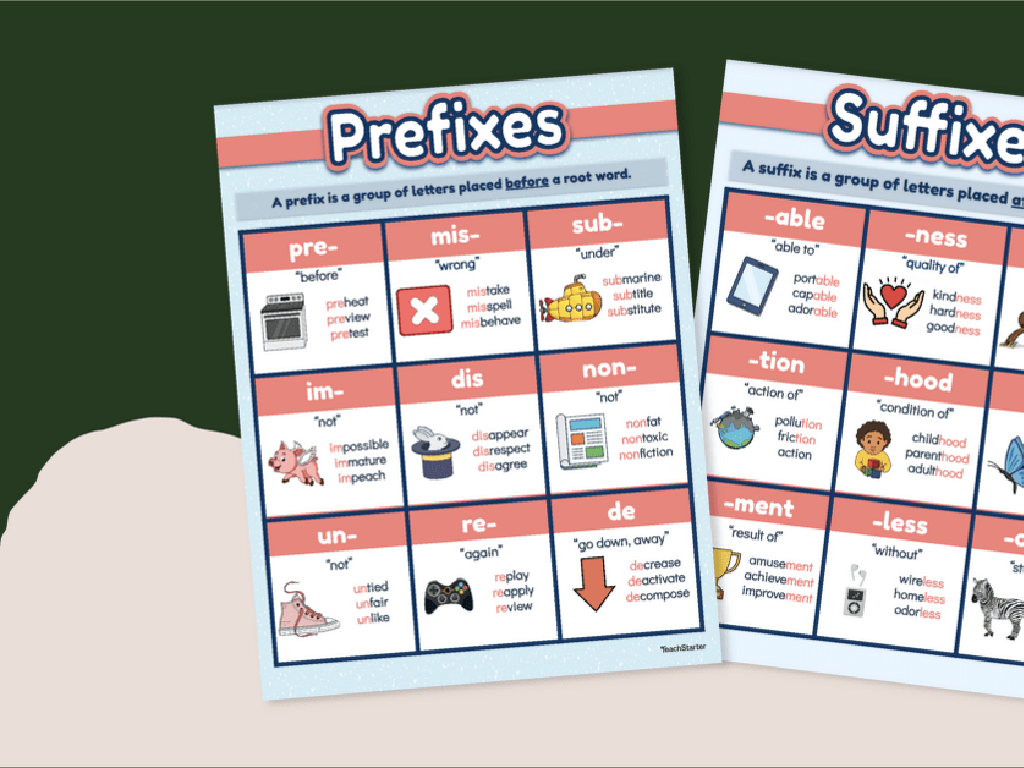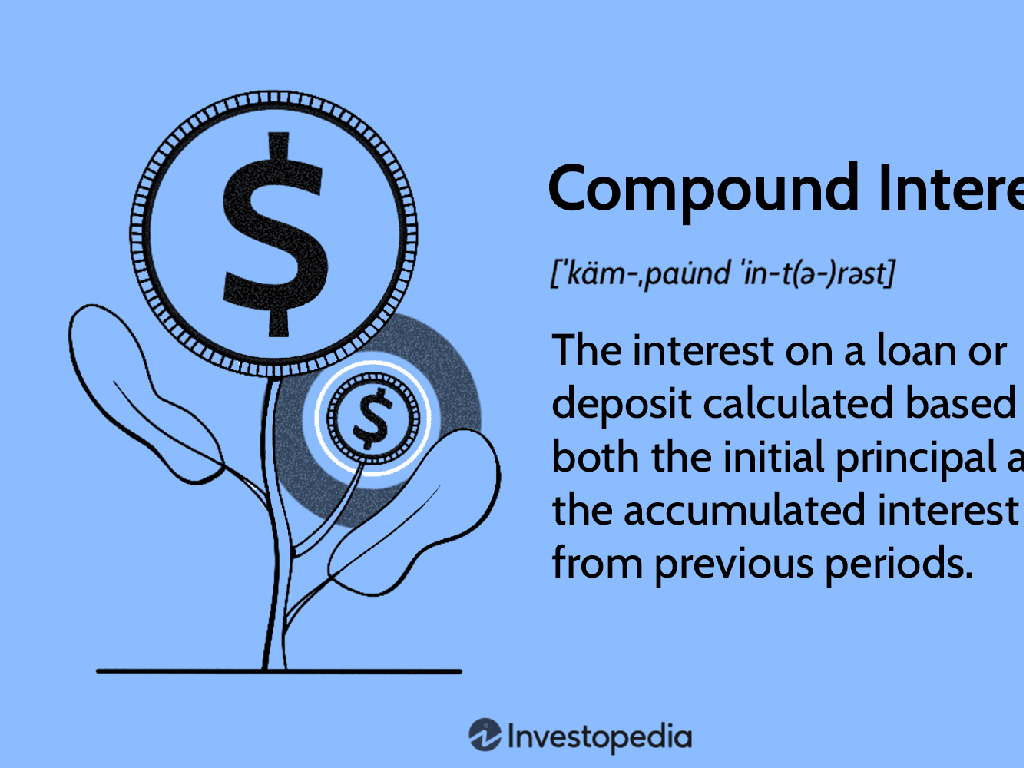Identify An Outlier And Describe The Effect Of Removing It
Subject: Math
Grade: Sixth grade
Topic: Statistics
Please LOG IN to download the presentation. Access is available to registered users only.
View More Content
Understanding Outliers in Statistics
– What is an outlier?
– An outlier is a data point that is significantly different from others.
– Impact of outliers on data
– Outliers can skew averages and other statistics.
– Detecting outliers in a set
– Look for numbers that don’t fit the pattern of the rest.
– Effects of removing outliers
– Removing outliers can give a better representation of data.
|
This slide introduces the concept of outliers in statistical data sets. Begin by explaining that an outlier is a data point that stands out from the rest of the data due to its very high or very low value. Discuss how outliers can affect the overall interpretation of data, such as distorting the mean or median. Teach students how to identify outliers by comparing data points to the overall pattern of the data set. Finally, explore the potential effects of removing outliers, such as more accurately representing the central tendency of the data. Use examples like test scores or heights to illustrate these concepts in a relatable way for sixth graders.
Understanding Outliers in Statistics
– Define an outlier
– An outlier is a data point that is markedly different from others in a set.
– Real-life outlier examples
– Heights in a class, or ages at a grade school party.
– Spotting outliers in data
– Look for numbers that are much lower or higher than the rest.
– Impact of removing outliers
– Removing outliers can change the mean and standard deviation of the data set.
|
This slide introduces the concept of outliers and their significance in statistical analysis. An outlier is a value that is significantly higher or lower than most of the other values in a data set. Use relatable examples like one student being much taller than the rest in a class or one very young child at a party mostly attended by older kids to illustrate outliers in real life. Teach students how to identify outliers by visually inspecting data sets or by calculating and comparing against measures of central tendency and dispersion. Discuss how outliers can affect the summary statistics of a data set, such as the mean and standard deviation, and the implications of removing them, such as potentially losing valuable information or reducing skewness. Encourage students to think critically about when it might be appropriate to remove an outlier.
Understanding Outliers in Statistics
– Outliers due to measurement error
– Errors in data collection can create outliers, e.g., misreading a scale
– Outliers from data processing
– Mistakes in data entry or calculations can result in outliers
– Outliers caused by sampling errors
– Poor sample selection can lead to atypical data points
– Natural deviation outliers
– Variations in populations may naturally produce outliers
|
This slide aims to educate students on the various causes of outliers in statistical data. Outliers can significantly affect the results of data analysis and may lead to incorrect conclusions if not identified and addressed properly. Measurement errors can occur from faulty instruments or human error during data collection. Data processing errors may arise during the entry or calculation stages. Sampling errors can result from a non-representative or biased sample. Lastly, natural deviation in populations is expected as not all data will conform to a predictable pattern. Understanding these causes helps students critically evaluate data and make informed decisions about handling outliers.
Identifying Outliers in Data
– Outliers in statistical graphs
– An outlier is a data point that differs significantly from other observations.
– The 1.5*IQR outlier rule
– IQR (Interquartile Range) helps find outliers: 1.5*IQR above Q3 or below Q1 is an outlier.
– Practice with plots
– Use plots to spot outliers visually and apply the 1.5*IQR rule.
– Effects of removing outliers
– Removing outliers can change the dataset’s mean and standard deviation.
|
This slide introduces the concept of outliers and how they can be identified in statistical data. Outliers can be spotted using visual tools like graphs and plots, or by applying the 1.5*IQR rule, which is a mathematical method to detect data points that are significantly higher or lower than the rest of the data. During practice, students will apply these methods to identify outliers on a plot. It’s crucial to discuss the impact of removing outliers, such as changes in the mean and standard deviation, which can affect the interpretation of the data. Encourage students to consider why an outlier might exist and whether it should be included in the analysis.
Understanding the Effects of Outliers in Statistics
– Outliers impact on the mean
– An outlier can skew the mean, making it higher or lower than the central cluster of data.
– Outliers and median/mode relationship
– Outliers have less effect on the median and mode, which can be more robust measures of central tendency.
– Deciding to remove outliers
– Remove an outlier if it’s a result of an error or if it’s not representative of the data set.
– Case study: Classroom heights
– Example: Including a teacher’s height in a class of students.
|
This slide aims to explain the concept of outliers and their effects on statistical measures. Outliers can significantly alter the mean of a data set, as they can pull the average up or down. However, the median and mode are less susceptible to the influence of outliers, often making them more reliable indicators of central tendency in a skewed distribution. It’s crucial to discuss when it might be appropriate to remove outliers, such as when they are due to measurement errors or are not reflective of the population being studied. Use a relatable example, such as the average height in a classroom being affected by including the teacher’s height, to illustrate the concept to sixth-grade students.
Understanding Outliers in Statistics
– When to remove an outlier?
– Remove if error or not representative
– Steps to remove an outlier
– Identify, assess, and justify removal
– Recalculate statistics post-removal
– Find new mean, median, mode without outlier
– Impact on data interpretation
– Data may become more accurate and reliable
|
This slide aims to teach students about the concept of outliers in statistical data sets and the circumstances under which they may be removed. An outlier is a data point that is significantly different from the rest of the data. It is crucial to determine whether an outlier is due to measurement error or if it’s a natural part of the data set before deciding to remove it. The process involves identifying the outlier, assessing its impact on the data set, and justifying its removal. After an outlier is removed, students should learn how to recalculate the mean, median, and mode to understand how the outlier affected the overall statistics. The removal of outliers can lead to more accurate and reliable data interpretation, but it must be done with careful consideration to avoid skewing the data.
Class Activity: Find the Outlier
– Work in groups to spot outliers
– Each group presents their findings
– Discuss the effect of removing outliers
– How did the data set change without the outlier?
– Reflect on data changes post-removal
– Did averages or ranges shift significantly?
|
In this interactive class activity, students will work together in small groups to identify outliers in various data sets. Provide each group with different sets of numbers and instruct them to determine which number stands out as an outlier and why. After identifying the outliers, each group will present their data set, the outlier, and their reasoning to the class. Following the presentations, lead a discussion on how the removal of the outlier affects the data set, such as changes in the mean, median, and range. Encourage students to think critically about the impact of outliers on data interpretation. Possible activities: 1) Comparing heights in class to spot an outlier, 2) Using temperatures of the month, 3) Analyzing scores from a test, 4) Observing weights of backpacks.
Wrapping Up: Outliers in Data
– Recap: What is an outlier?
– Outliers’ impact on data
– Outliers can skew averages and other statistics, making data seem different than it is.
– Critical thinking in statistics
– Always question data and consider how outliers might affect conclusions.
– Q&A session
|
As we conclude, revisit the definition of an outlier and its significance in a data set. Emphasize how outliers can distort statistical measures like mean and median, potentially leading to incorrect interpretations. Stress the importance of critical thinking when analyzing data, encouraging students to look beyond the numbers and consider the context. Open the floor for questions, allowing students to clarify their understanding or explore concepts further. Be prepared to provide examples or revisit earlier material to ensure students grasp the impact of outliers on data analysis.





